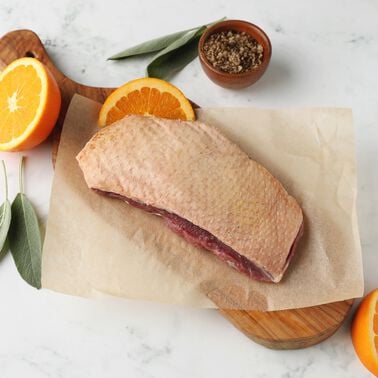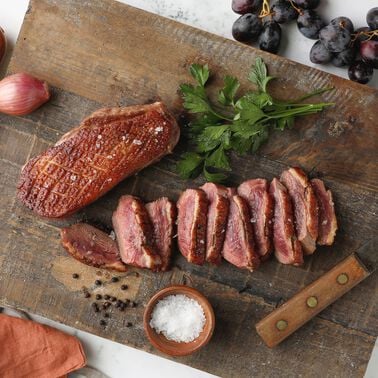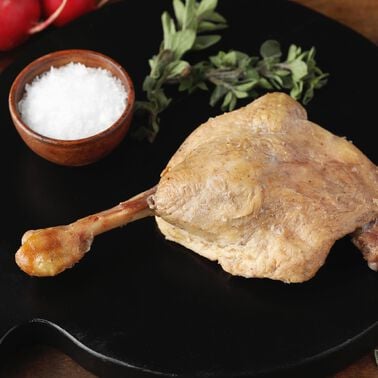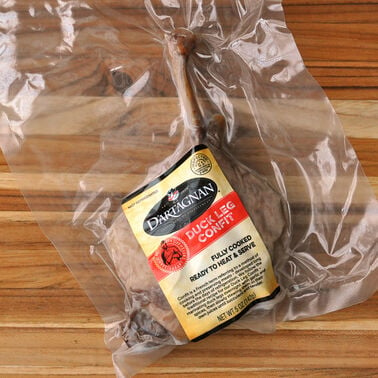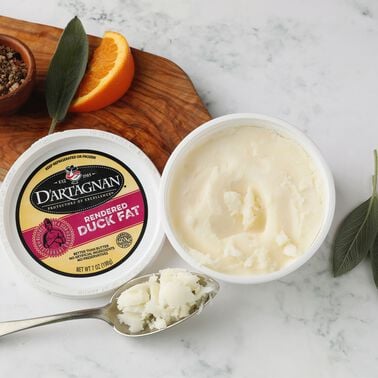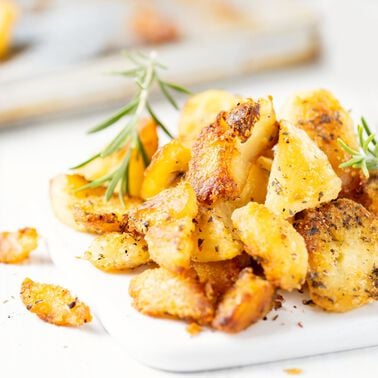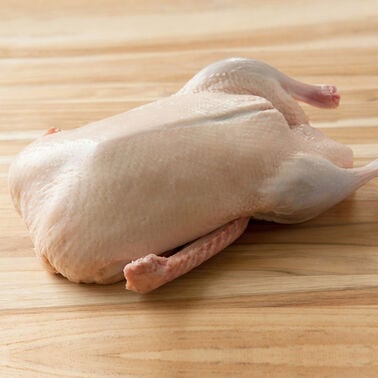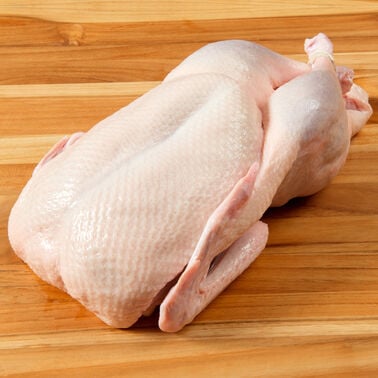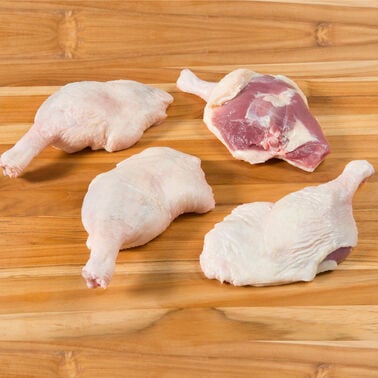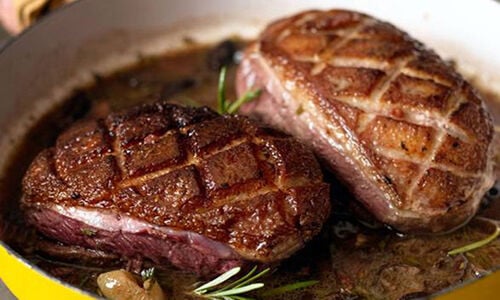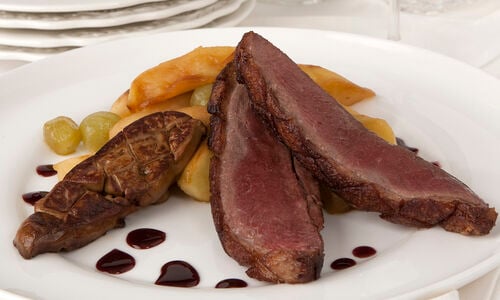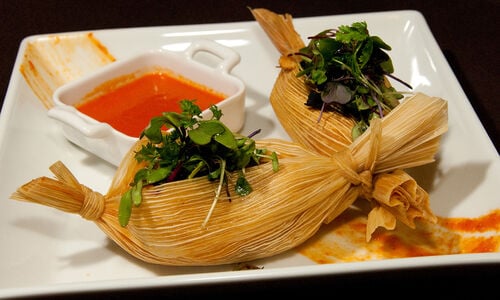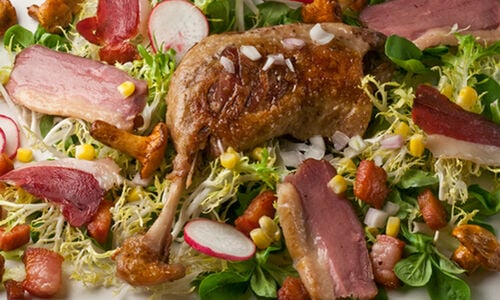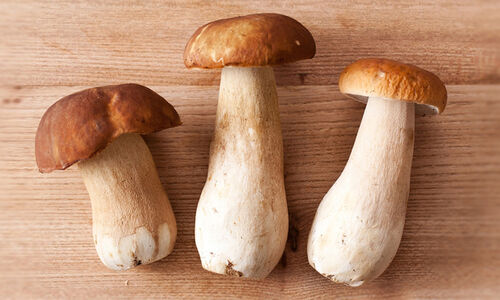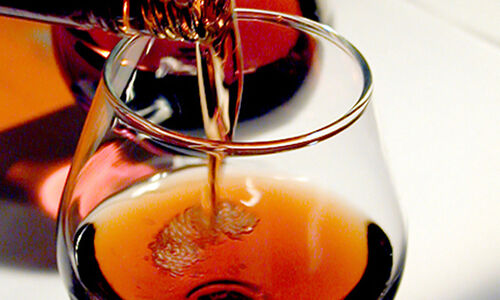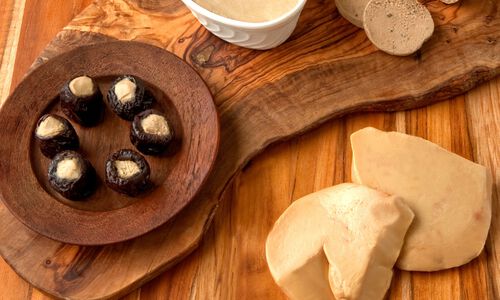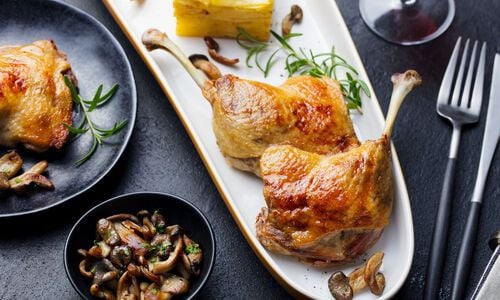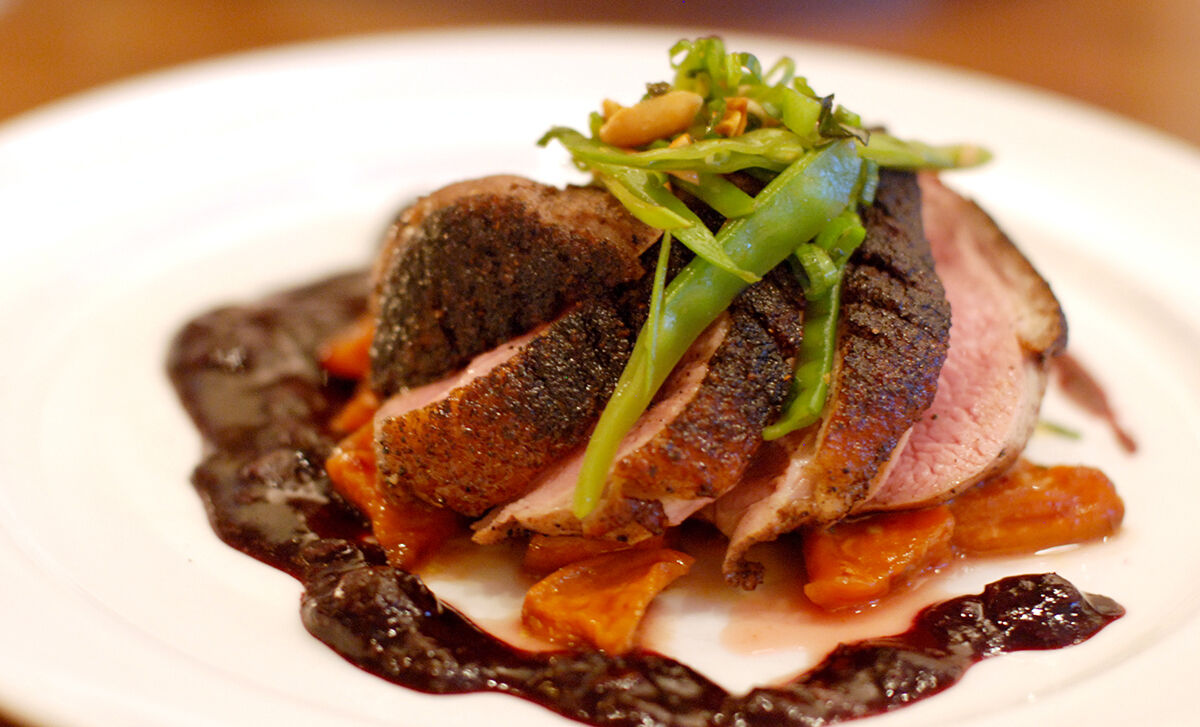
Certainly, in the land of the three Musketeers, and notably of the real-life D’Artagnan, camaraderie and conviviality are as much a part of the meal as the ingredients used, or wine consumed. Long dinners with plenty of wine, shared stories and laughter are a vital part of digesting your meal, and a huge part of traditional Southwestern dining.
Eating Duck
Duck is one of the most delicious birds to eat. It is also one of the most versatile and easiest to prepare. It takes amiably to flavors from around the world, and in spite of what some frustrated cooks might have experienced from those factory-farmed “Long Island” style ducks, duck isn't greasy and fatty if well prepared. To make things simpler, today's shoppers can buy different breeds of ducks, whole or cut up, duck breasts or duck legs, smoked duck, or duck confit, and even cured duck prosciutto. As the duck recipes on our website illustrate, duck isn't only for "fancy meals."
Duck and Foie Gras in Gascony
In Gascony, Moulard ducks are the backbone of all gastronomic traditions. For local inhabitants, there is almost a religious reverence for the birds, with centuries of tradition ingrained in their souls. In fact, one day we will probably discover that Gascons have a region in their brains that preserves all duck lore and recipes. This would include memories of the Gauls who lived just above the Pyrenees, and who taught themselves how to domesticate these migratory waterfowl.
The Gascon love of duck is centuries old. Before the early Romans set their sights on Gaul, they invaded Egypt. They brought home from the rich land of the Nile a very interesting way to care for their web-footed animals: they were separated into pens and hand-fed twice or three-times a day with little balls of cereal, or a mixture of dried figs.
Foie Gras Season
The effect of this regime on the birds was the same as what occurs naturally when the air cools and the leaves change color: ducks and geese begin to gorge themselves on any piece of grass, grain, insects, and even fish they can find. Within just 15 days, they double in weight and create a thick layer of fat all over their body; this enables them to withstand the brutally cold temperatures of high altitude during migration. Most important, they also create a magnificent, huge, pale, fat liver, called foie gras that serves as an energy storehouse. It is located exactly in the middle of the body for perfect aerodynamic equilibrium.
Twice a year this happens, with time-clock precision: in the wild, migratory ducks and geese eat and drink like crazy before the long, nonstop flight north or south, depending on the season. Once they arrive, they resume their normal regime and the enlarged liver, which may weigh up to two pounds, shrinks back to its normal size, about 2 ounces.
History of Foie Gras
The Egyptians recognized the superiority of fat birds and did everything to promote their growth. Tomb paintings from as early as the Fourth Dynasty (about 2600 B.C.) depict the daily ritual of feeding the domesticated birds. Ducks and geese were considered so important by the Pharaohs and other royalty that they carried the birds with them, as sacred symbols, into the afterlife.
Like the Egyptians, Romans thought the soul of a goose was in its liver. Yet this did not prevent them from eating the foie gras that Apicius and Lucullus prepared and enjoyed in so many ways.
How Foie Gras Came to France
Eventually the custom of hand-feeding followed the Jewish exodus and resettlements to pockets in Eastern Europe, Alsace, and Gascony, where it continues today. Following the normal life cycle of the birds, Gascons “gavage” ducks and geese in the fall as they reach adult size. The timing is perfect, as provisions are needed to survive the coming winter. And never has the art of preserving foods been more effective or tastier than with the meat of these birds, preserved, or "confited," in their own fat. (Confit is the past participle of the French verb confire, "to preserve.") All parts of the bird, including the giblets and famous foie gras, are salted, simmered in fat, and then stored in big earthenware pots, buried in goose or duck fat, to be eaten much later. Peasants regularly eat slabs of terrine of foie gras on bread.
Cooking with Duck Fat
Every culture has its favorite cooking medium, be it ghee, olive oil, or butter. In Provence everything is cooked in olive oil, while in Normandy, famed for dairy production, butter is the fat of choice. But in the Southwest, animal fats such duck and goose fat reign supreme. Where there are ducks, there is duck fat. And in the Southwest there are definitely ducks. Duck fat is used to make duck confit, sautéed with nearly everything, and even baked in cookies and pastries. In the days before refrigeration, duck fat was used to seal in preserved meats. Duck fat is the liquid gold of Southwest France.
